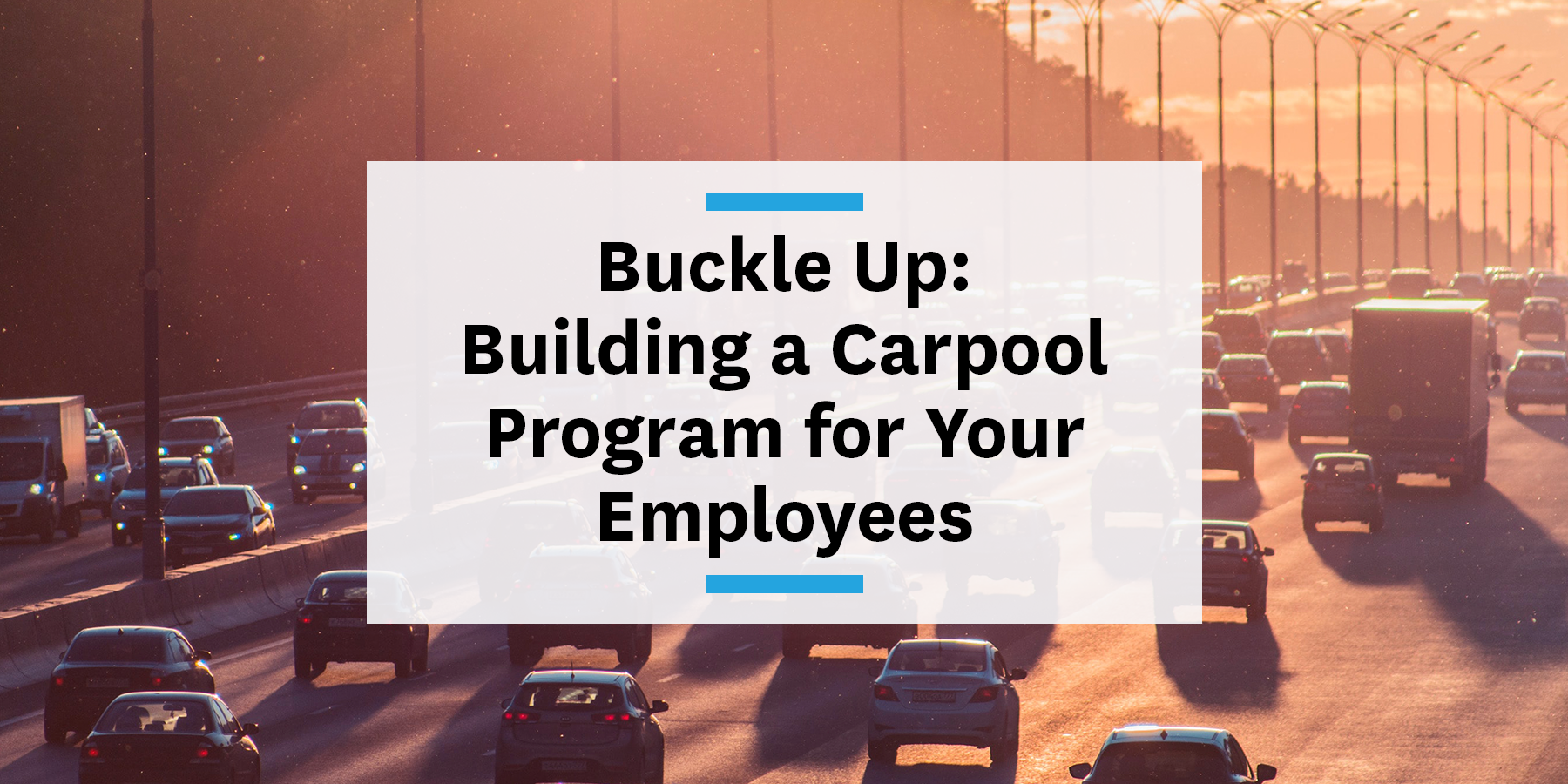Car commuting can be costly for employees, and is one of the top reasons many would prefer working from home. This is especially true for employees who live in areas without access to robust public transit systems. There are ways to help those employees with their commutes, and carpooling is an option shown to improve employee wellness and helps save on transportation expenses.

A carpool program is one of the easiest ways for you to help employees who may currently drive to work alone every day. Carpooling still involves driving and parking, but you are reducing the number of people in a single car, and helping employees cut some of their transportation costs.
Money
A major advantage of carpooling is the amount of money both you and your employees can save. One of the biggest savings areas for your employees is in fuel alone. If two to three people are driving to work together, that’s two more people contributing to refilling the tank. Depending on the distance and state, gas can cost $1,400 a year. When that cost is split between multiple people, it makes a huge difference.
As the employer, you can also save money due to the reduced need for parking. By encouraging your employees to carpool, you can limit the number of parking spots you need and lower your monthly parking costs.
Incentives
A major incentive for carpooling is the ability to use high-occupancy vehicle (HOV) lanes. If you live in Washington, D.C., or other jurisdictions with a parking cash-out program, employees may be able to obtain pre-tax transit benefits if they forego accepting a company-provided parking spot. Effectively, this works to shift money that employers would spend on parking spots into more sustainable benefits.
How?
A great place to start is appropriate commute planning, and finding employees who live in close proximity to one another. Once you find a group of employees who live near each other, invite them to consider joining a carpooling group, citing the potential savings they could have.
If you have employees who don’t live near others, you can still get them set up in a carpooling program. Lookup your region’s carpooling or ridesharing options. For example, Virginia lists their ridesharing agencies, and in Minneapolis-St. Paul, Metro Transit has a lookup tool to find carpooling matches.
No matter how you set your employees up, carpooling can be a great way to minimize parking costs, help with employee wellness, and help save a bit of cash.




